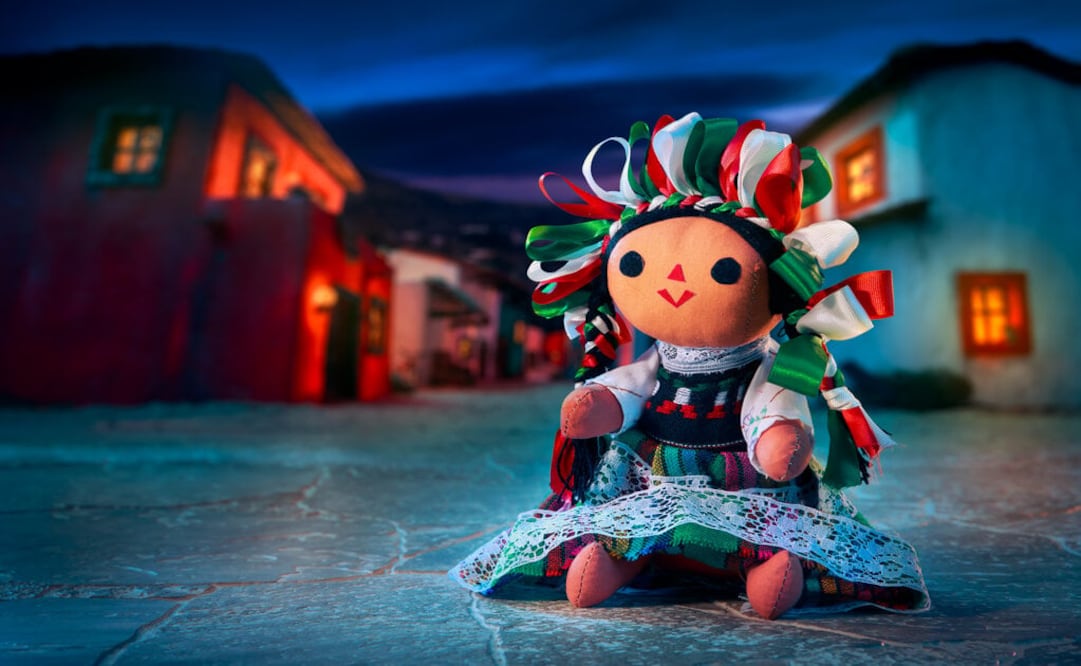Más Información

Gobernador de Michoacán se reúne con Sheinbaum en Palacio Nacional; acude también gabinete de Seguridad

Posponen en el Senado discusión y votación de reforma para crear la figura de “jueces sin rostro”; se discutirá en febrero

¿Qué es el Tratado de Aguas de 1944 entre México y EU por el que Trump amaga con imponer aranceles?; te explicamos
Mazahua and Otomí artisans who reside in the State of Mexico and Michoacán created María , the famous Mexican rag doll ; however, you can find this doll throughout the country. Mexican artisans make María by hand and the process to create one single doll can take up to five hours. Many years ago, the doll was made using clay and it was believed it protected children against evil spirits.
Now María has become one of the most representative Mexican toys . The dolls are sold throughout the country. In Mexico City, these dolls are between MXN 30 and MXN 150. In recent years, María has gained popularity among foreign tourists , who are the main buyers.
In Mexico City, the Ciudadela market has a wide variety of dolls. According to shopkeepers who work at the market, they buy large amounts of dolls and they don’t know the female artisans behind María.
Artisans have modified María’s skin tone in recent years, in a bid to attract more buyers. Anthropologist Víctor Manuel Rojo Leyva told EL UNIVERSAL that the change in the skin tone is motivated by commercial purposes:
“Artisans have to keep on innovating to sell (…). They realize what people demand and to sell more, they make changes (in their traditions) in all their products, not only in dolls." He added that María is not the only doll produced by artisans and that “artisans are in a permanent creative process, as any other artist.”
Recommended: Giant Mexican doll 'Lele' travels to Spain and the UK
María’s origin
Roberto Shimizu, the director of the Antique Toy Museum in Mexico City, said rag dolls are an example of the syncretism between the pre-colonial times and colonialism. Shimizu explained rag dolls were part of religious and social rites, but in other regions, they were cheap dolls for children. And although the doll’s origin remains unclear, it is widely accepted that María was created by two ethnics groups: the Mazahua and the Otomí.
The process to create the dolls is a long one. First, artisans purchase the materials, then make the body, and finally add certain details. They sew the doll by hand and paint María’s smile. Some communities add traditional embroideries to the doll’s dress, but it varies from region to region.
Recommended: Mexico City presents traditional toys exhibition
Boosting the economy
The production of dolls has turned into a source of income for a large percentage of the Otomí population that resides in Amealco , Querétaro .
Since 2018, the doll became Querétaro’s Cultural Heritage, cementing its importance for Mexico.
María is an icon of Mexico and its traditions . This has led many artists to use the doll in all types of objects such as t-shirts, posters, bags, among others. Moreover, artists have also included the Mexican rag doll in murals.
gm
Noticias según tus intereses
[Publicidad]
[Publicidad]











